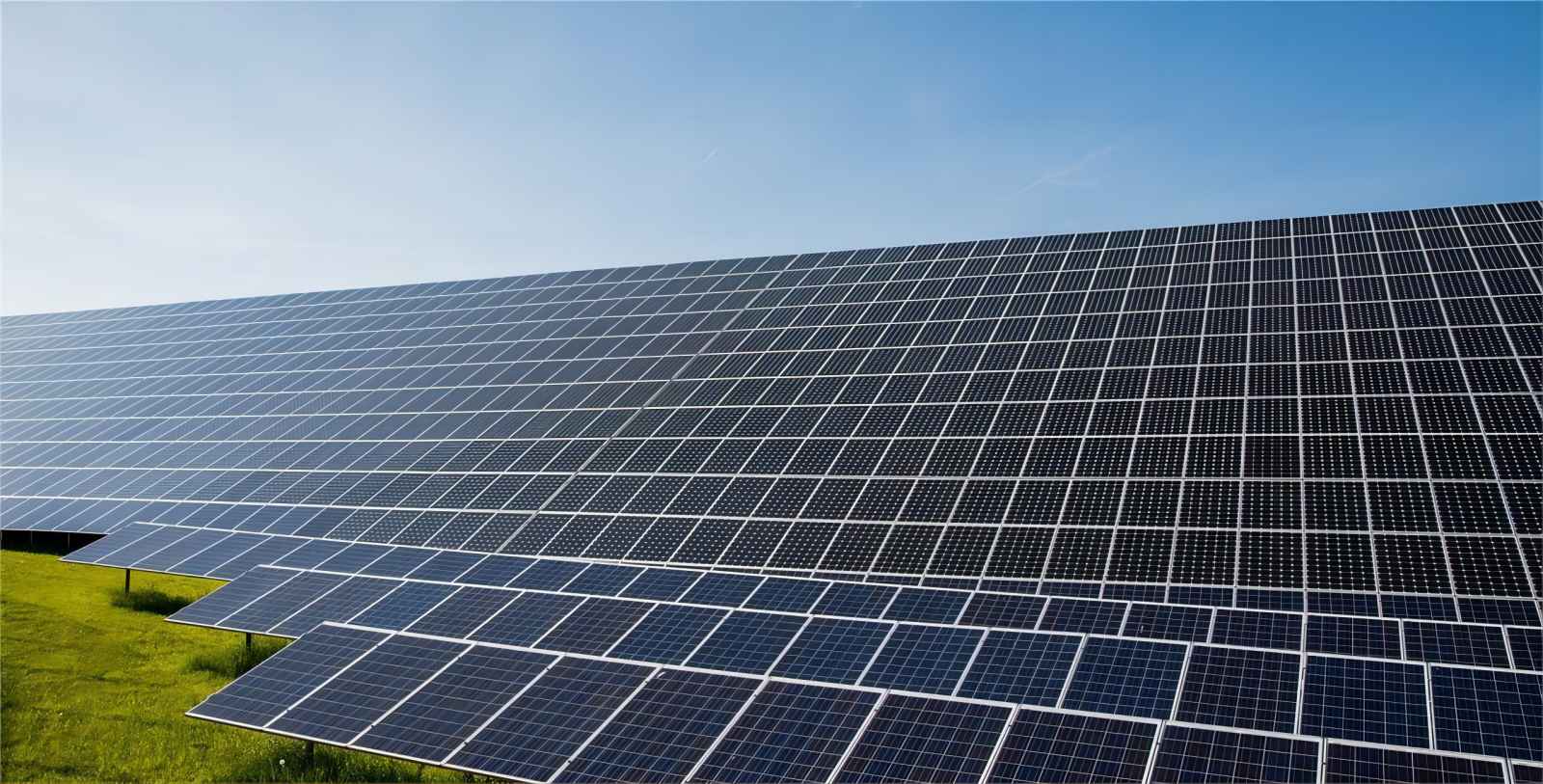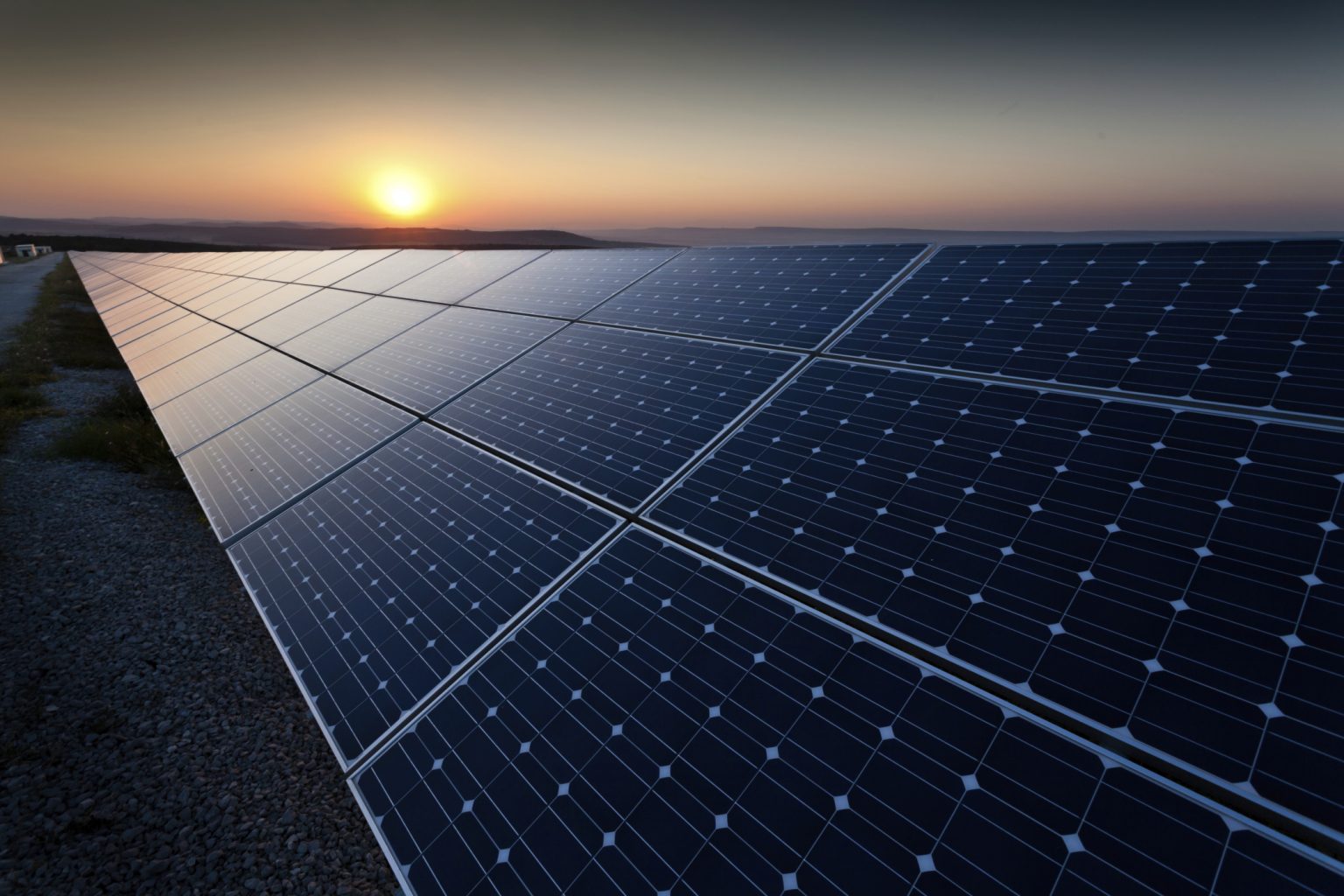Solar Module Degradation: 5 Prevention Strategies
To minimize solar module degradation, use PID-resistant panels (≤2% annual loss), install 30° tilt mounts for self-cleaning, apply anti-reflective coatings (3% efficiency boost), ensure 1m airflow clearance to reduce thermal stress, and perform bi-annual IV curve tests to detect early hotspots. Grounding systems prevent potential-induced degradation.
Clean Panels Regularly
Dust, pollen, and bird droppings can cut solar panel efficiency by 15-25% in just six months if left uncleaned. A study by the National Renewable Energy Lab (NREL) found that dirty panels in dry climates lose 0.5% efficiency per week, while humid regions see 1-2% monthly drops due to grime buildup. For a typical 6 kW residential system, that means losing 100−250 in annual energy savings—enough to cover cleaning costs twice over. Most manufacturers recommend cleaning every 3-6 months, but farms near highways or deserts may need bi-monthly washes to maintain peak output.
Use a soft brush or microfiber cloth with deionized water to avoid mineral streaks. Hard water leaves 0.1-0.3 mm lime deposits that scatter sunlight, reducing output by 3-5%. For large arrays, automated robotic cleaners cost 0.10−0.50 per panel per wash and cut labor by 70% versus manual methods. Pressure washers above 30 psi risk damaging the 3-4 mm anti-reflective coating, so stick to <15 psi nozzles. Morning cleanings work best—panels cool overnight to 20-25°C, preventing rapid evaporation that causes water spots.
In Arizona, a 10 MW solar farm tested quarterly vs. monthly cleaning and found 12% higher annual yield with frequent washes. However, over-cleaning wastes resources: a German study showed <1% extra gain from washing beyond every 8 weeks in temperate climates. Use a $20-50 irradiance sensor to track soiling losses—if daily output drops >5% from baseline, it’s time to clean. For tilt angles <10°, dirt accumulates 40% faster than on 30° slopes, requiring 2x more cleanings.
DIY cleaning with a garden hose costs 0.02−0.05 per panel, while professionals charge 5−15 per panel annually. For a 5 kW home system, that's 50−75/year—paid back in 3-6 months via regained efficiency. Commercial operators save more: a 500 kW warehouse array in California recovered 2,800/year after switching from biannual to quarterly cleanings. Avoid cheap "self-cleaning" coatings—most degrade UV resistance by 8-12% within 2 years, forcing earlier panel replacement. Stick to proven methods: soft washing boosts longevity by 2-3 years per NREL's 20-year panel lifespan data.

Check Wiring Connections
Loose or corroded wiring can silently bleed 5-20% of your solar system’s potential output, according to a 2023 study by the Solar Energy Industries Association (SEIA). Inverter logs from 1,200 residential installations showed that 34% of underperforming systems had connection issues—mostly at MC4 connectors, junction boxes, or grounding points. A single 0.5-ohm resistance increase in a 10A DC circuit can waste 50W per hour, costing 40−100 annually in lost production. Worse, 90% of solar fires traced by the NFPA start at faulty connections, often due to thermal cycling stress or UV degradation after 5-7 years of exposure.
Critical Inspection Points
Focus on MC4 connectors—the most common failure point. Cheap knockoffs (under 0.50 per pair) have 3x higher failure rates than UL-certified versions (1.20-$2.00/pair). Look for melting signs (blackened housings) or green copper corrosion, which increases resistance by 0.2-0.8 ohms per year in humid climates. Use a torque screwdriver to check terminal tightness—90% of commercial installers find 15-30% of connections below spec torque after 2-3 years. For 10 AWG PV wires, 0.35 N·m (3.1 lb-in) is ideal; loose lugs can heat up to 70-90°C, 20°C above safe thresholds.
Pro Tip: Measure voltage drop at sunrise—if +0.5V difference appears between identical strings, a bad connection is likely. A $50 clamp meter can detect >1A current imbalances between parallel branches.
Preventive Maintenance
Apply NO-OX-ID A-Special grease ($15/tube) to copper contacts—it cuts corrosion-related losses by 60% in coastal areas. For older systems (7+ years), replace tinned-copper lugs with bare copper; tin plating cracks over time, spiking resistance by 0.1 ohm per 1,000 thermal cycles. Check grounding rods monthly in rainy seasons—a >25-ohm impedance risks lightning damage. Data from 800 Florida solar farms shows 42% of ground faults occur at conduit entry points where water pools.
Cost vs. Risk
A full wiring audit by a pro costs 200−500 but pays back in 4-8 months via recovered output. DIYers can use a 120 thermal camera to spot >5°C hotspots—each 10°C rise above ambient slashes wire lifespan by half. For 30kW+ systems, infrared scans every 3 years prevent 3,000+ inverter repairs from arc faults.
Avoid Shade on Modules
Even partial shading can slash solar panel output by 30-90%, turning what looks like a minor obstruction into a serious profit killer. Research from the Fraunhofer Institute shows that just 10% shading on one panel in a string can reduce total system output by 25-40% due to "Christmas light effect" voltage drops. Morning shade from a 2-inch diameter tree branch 20 feet away can cost a 6kW system $180/year in lost production. Seasonal changes matter too—winter sun angles create 3x longer shadows than summer, with December shading typically causing 12-18% annual output loss in northern climates.
Modern 72-cell panels suffer more from shading than older 60-cell designs because they have 24 bypass diodes instead of 20, creating more potential failure points. When shade covers 1/3 of one cell, that entire panel's output can drop 65%, dragging down the whole string. Thin-film panels handle shade better (only 15-25% loss under the same conditions), but their lower 11-13% efficiency makes them impractical for most rooftop installations.
Shade Scenario | Power Loss (%) | Annual $ Loss (6kW System) |
10% panel coverage (morning) | 25-40% | 140−220 |
30% panel coverage (all day) | 70-90% | 400−520 |
Full shade on 1/6 panels | 50-60% | 300−360 |
Microinverters or DC optimizers can cut shading losses by 50-70%, paying back their 0.15−0.25/W premium in 3-5 years for partially shaded arrays. For trees, trimming every 18 months maintains a 15-foot clearance from arrays—this costs 120−250 per service but preserves 95%+ of potential yield. Install panels at least 3 feet from vent pipes—their shadows travel 11 feet at low winter sun angles.
Use your inverter's per-panel tracking to identify shade problems. A 10% output difference between 8AM and 10AM often indicates fixable shading. For ground mounts, 6-inch high skirts prevent 50-80% of snow shade issues while adding just $0.02/W to system cost.
East-west split arrays lose 9-12% less energy to shading than south-facing designs in tight urban spaces. Tilt angles above 30° allow snow to slide off 2-3 days faster, reducing winter shading. For new construction, position arrays at least 20 feet from planned tree growth—a 25-foot maple will cast 38-foot shadows at maturity.
Monitor System Performance
Most solar system owners don't realize they're losing 8-15% of potential output until it's too late—that's 200−500 per year slipping away from a typical 6kW residential setup. Data from 4,800 systems in California's CSI program revealed that 62% of underperforming arrays had detectable issues for 6+ months before anyone noticed. The worst offenders? Inverter clipping wastes 3-7% of summer production, while module mismatch can silently drain 5-12% annually. Modern monitoring catches these problems early—a $300 energy meter pays for itself in 14 months by flagging >2% performance drops before they become costly.
Your inverter's performance ratio (PR) should stay between 75-85%—anything below 70% means you're bleeding money. Check DC/AC conversion losses every sunset; they should never exceed 8% for string inverters or 5% for microinverters. Watch for voltage deviations—if one string consistently reads 2-3V lower than others, you've got 5-8 bad connections or 1-2 failing panels. For cell systems, round-trip efficiency below 88% signals cell degradation costing you 0.12−0.18 per kWh cycle.
Use 0.05/day cloud monitoring services to detect 0.540/panel/year in lost revenue for commercial arrays. IV curve testing (150−300 per site) reveals bypass diode failures that steal 9-15% of string power while showing no visible damage.
Arizona farmers using real-time alerts recovered 17% more annual yield than those relying on quarterly checks. For a 50kW commercial array, that's 2,100/year back in the owner′s pocket. Degradation rates above 0.8120-$400 per panel.
Set your monitoring platform to email you when daily kWh production falls >12% below forecast for 3 consecutive sunny days—this catches 90% of major faults. For ground mounts, corrosion sensors ($25 each) predict junction box failures 6-9 months before they happen.

Use Quality Mounting Parts
Cheap mounting hardware can turn a 25-year solar investment into a 5-year money pit. Industry data shows 38% of premature system failures originate from substandard racks and clamps. A 2024 NREL field study found that bargain 0.85/ft aluminum rails corroded 3x faster than 1.40/ft anodized alternatives in coastal areas, requiring 1,200+ replacements by year 7. Worse, galvanic corrosion between mismatched metals (like steel bolts on aluminum frames) can eat through 0.5mm of material annually, compromising structural integrity after 8−10 years. For a 10kW rooftop array, upgrading from basic 800 mounting to premium $1,500 systems pays back in 6 years through avoided maintenance and 2-4% better wind resistance.
Module | Cheap Version Risk | Premium Upgrade Benefit | Cost Delta |
Roof Flashings | 60% leak rate after 5 years | 20-year waterproof warranty | +$3.50 each |
Rail Clamps | 15% loosening/year | Zero maintenance for 25 years | +$0.30/clamp |
Ground Screws | 2" corrosion depth/decade | Hot-dip galvanized (0.1" loss/decade) | +$8/footing |
Wire Management | 50% UV damage in 4 years | UV-stable (10+ year lifespan) | +$0.15/ft |
6005-T5 aluminum rails maintain 98% strength after 25 years, while generic 6063 alloy loses 12-18% rigidity in 15 years. For tile roofs, stainless steel hooks (4.25 each) outperform zinc-plated (2.75) by 7-9 years lifespan. In snow zones, 3mm thick brackets handle 45psf loads without bending versus 2mm versions that deform at 30psf.
Under-torqued rail bolts (below 18 ft-lbs) cause 0.5-1.5mm/year micro-movements that fatigue metal. A $40 digital torque wrench prevents 80% of these issues. For asphalt shingles, 1.5" standoffs reduce heat buildup by 9°C versus flush mounts, cutting thermal expansion stress by 35%.
A 200kW carport system in Michigan saved 28,000 in 10-year maintenance by using 0.22 premium clamps instead of 0.12 economy models. Their wind rating jumped from 110mph to 130mph, lowering insurance by 1,700/year.